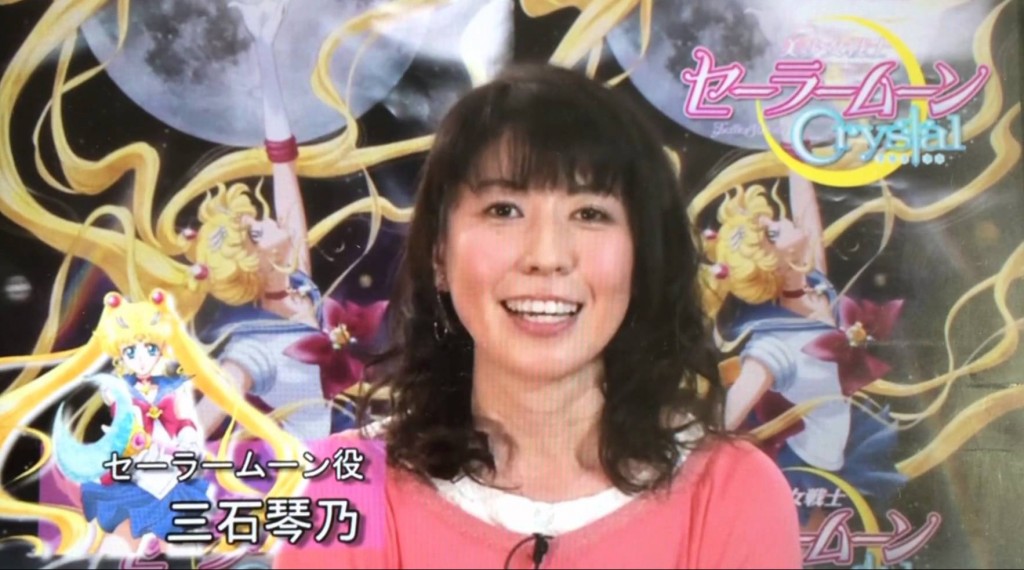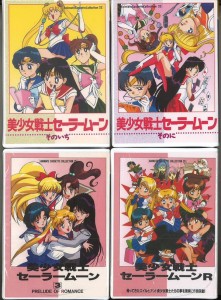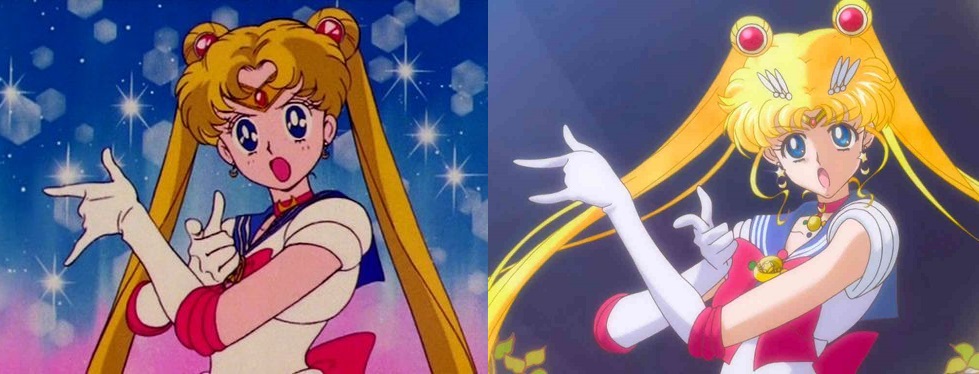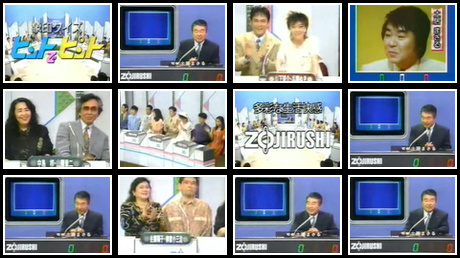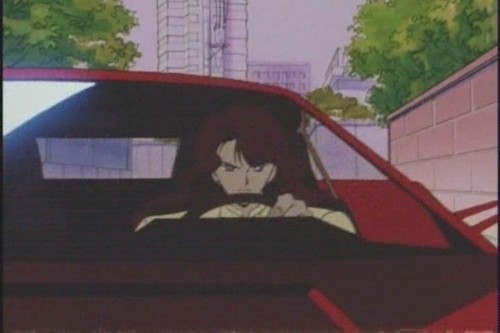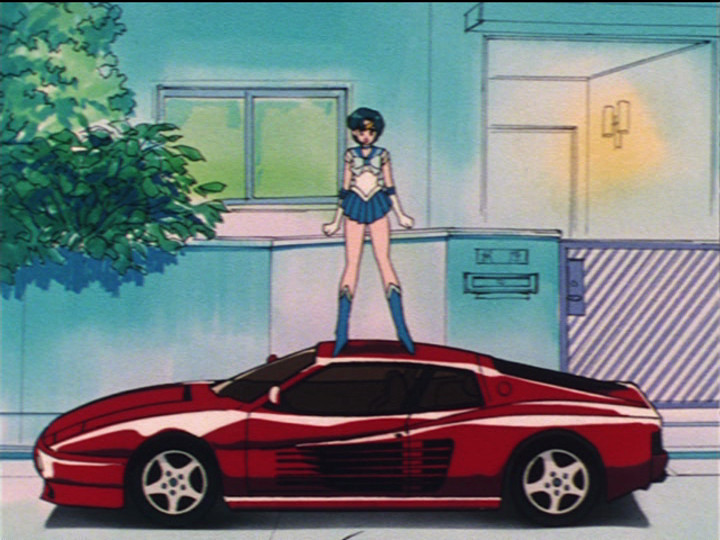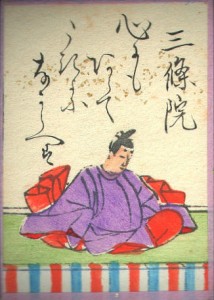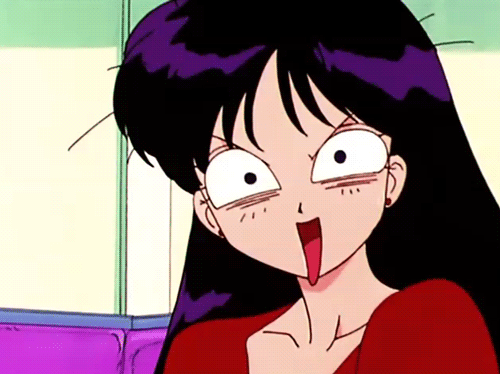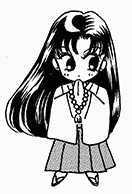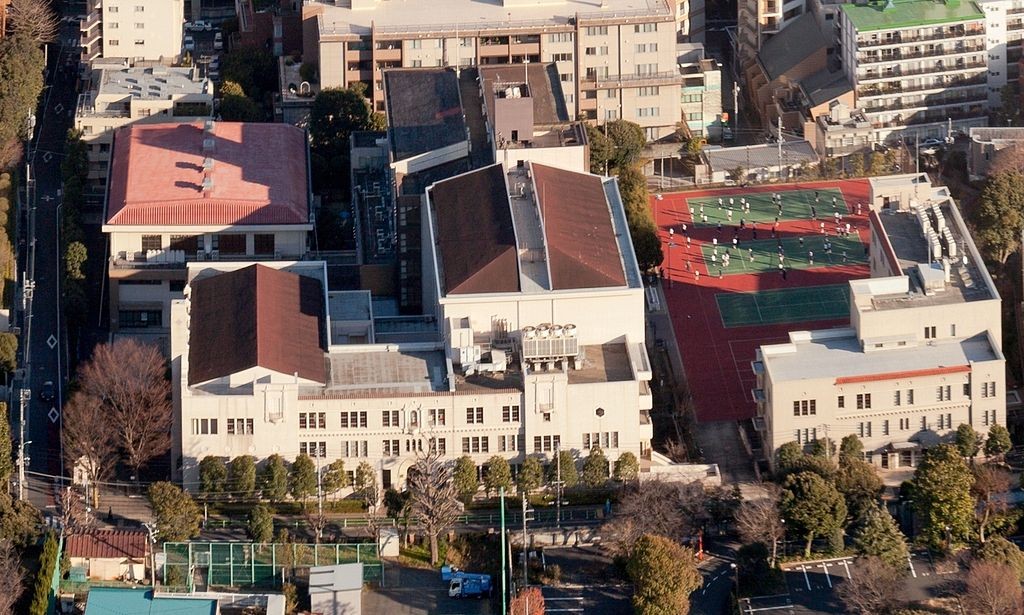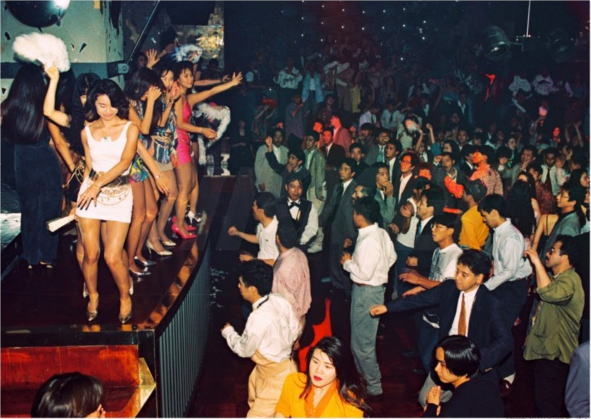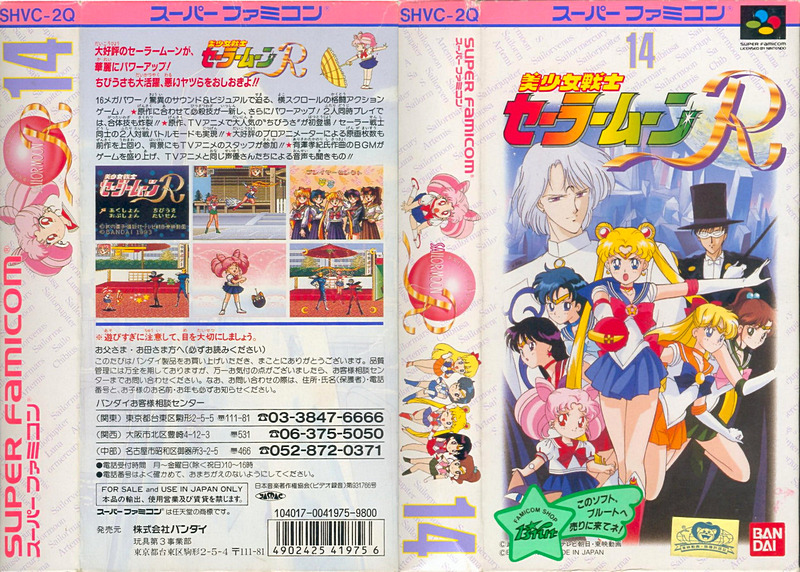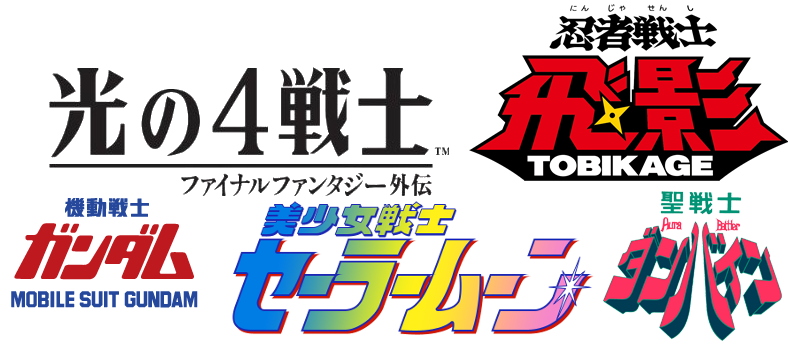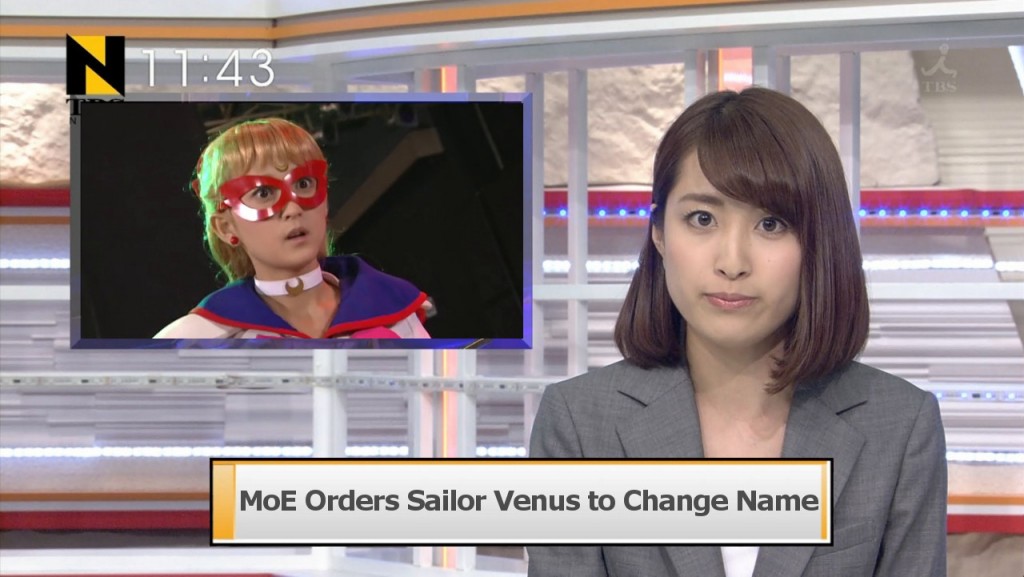Kotono Mitsuishi1 was far from an up-and-comer when she had joined the cast of Sailor Moon to play the lead role — immediately after her graduation from high school in 1986 she joined a voice acting vocational school and got her first voice acting job in 1988 as Tomoyo in the OVA titled Aim for the Ace! 2, based on a manga of the same name.2 Her career really picked up with her taking up the role of Usagi in Sailor Moon, though she continued to play a variety of roles in other anime (including Misato Katsuragi in Neon Genesis Evangelion).
It seems a bit odd, then, that right at the climax of the series — from the awakening of the Princess Serenity, through the fight with Queen Beryl, and into the beginning of the Cardian arc — that the voice of the titular character would suddenly change. From episodes 44 through 50, Kae Araki3 (who would later go on to play ChibiUsa several episodes later during Sailor Moon R) stood in for Kotono and played the roll admirably, though it obviously stood out in fans minds and, even more notably, it apparently stuck with Kotono herself and is said to be one of her greatest regrets. In her essay collection, titled “Moon, Stars, and the Sun” (月 星 太陽),4 she talks frankly about the tough time she had on missing out on episodes 44 through 46 — the conclusion of Sailor Moon — due to being hospitalized.
We know that she was hospitalized, but what for? At the time, a public announcement was made (from her agents and voice acting studio, I assume) stating that she had an appendicitis which is why she wouldn’t be able to perform for awhile. The numbers don’t quite add up, though. Typical recovery times for an appendicitis are around two to three weeks5 at maximum, while she was absent for approximately two months.
So what really happened? Well, it turns out that the story was much more alarming (and helps explain why the studio didn’t want to tell this to the enthusiastic fans of the show which were mostly young children) that it seems. As she later revealed on her blog, Kotono had undergone surgery for an ovarian cyst and was in the hospital for a month recovering from it when she missed out on recording episodes 44 through 46, followed by bed-rest at home, which is why she was unable to participate in the recording through episode 50. To make matters worse, she suffered from a concurrent outbreak of peritonitis which actually put her life itself in danger.6
健康診断受けてきました。これは無精しちゃいけません。男性は勿論のこと、女性はとくに婦人科検診なのさ。ホント無精しちゃいけません!ちょっとあの台はイヤだけどね(-_-;)
三石24才のときよ、「卵巣のう腫」に穴があき、腹膜炎併発で命に関わる事態になってしまったんです。即手術、一ヶ月入院、三ヶ月自宅療養。
家族、仕事のスタッフみ〜んなに迷惑をかけました。そしてなにより、自分が辛かった…。はい!
皆で行けば怖くない!
安心もらいに検診へゴー!ゴー!
In English:
I just got my health checkup. You can’t be lazy about these things. For men too, of course, but women definitely need to get gynecological checkups, y’know. You absolutely cannot slack off on this! That table really sucks, thus… (-_-;)
You know, when I was 24, a hole opened up in an “ovarian cyst” and at the same time, I suffered a case of peritonitis, which actually put my life at risk. I had emergency surgery and was hospitalized for a month followed by three months’ bed rest.It was a huge hassle for my family, the staff at work, and everyone else. Even worse, it was just awful for me!
It’s not scary if we all go together!
Let’s get checked up so we don’t need to worry! GO, GO!
So as you can see, the whole situation was actually pretty dangerous which, fortunately, worked out well in the end. But there is a happy ending to this story: it turns out that through the Animate Cassette Collection (audio-only versions of the stories told in the anime, sold exclusively through the Animate store chain), Kotono actually played Usagi for their recording of the final scenes of Sailor Moon.7 One way or another, she was able to take the character through the end of her (first) story!

